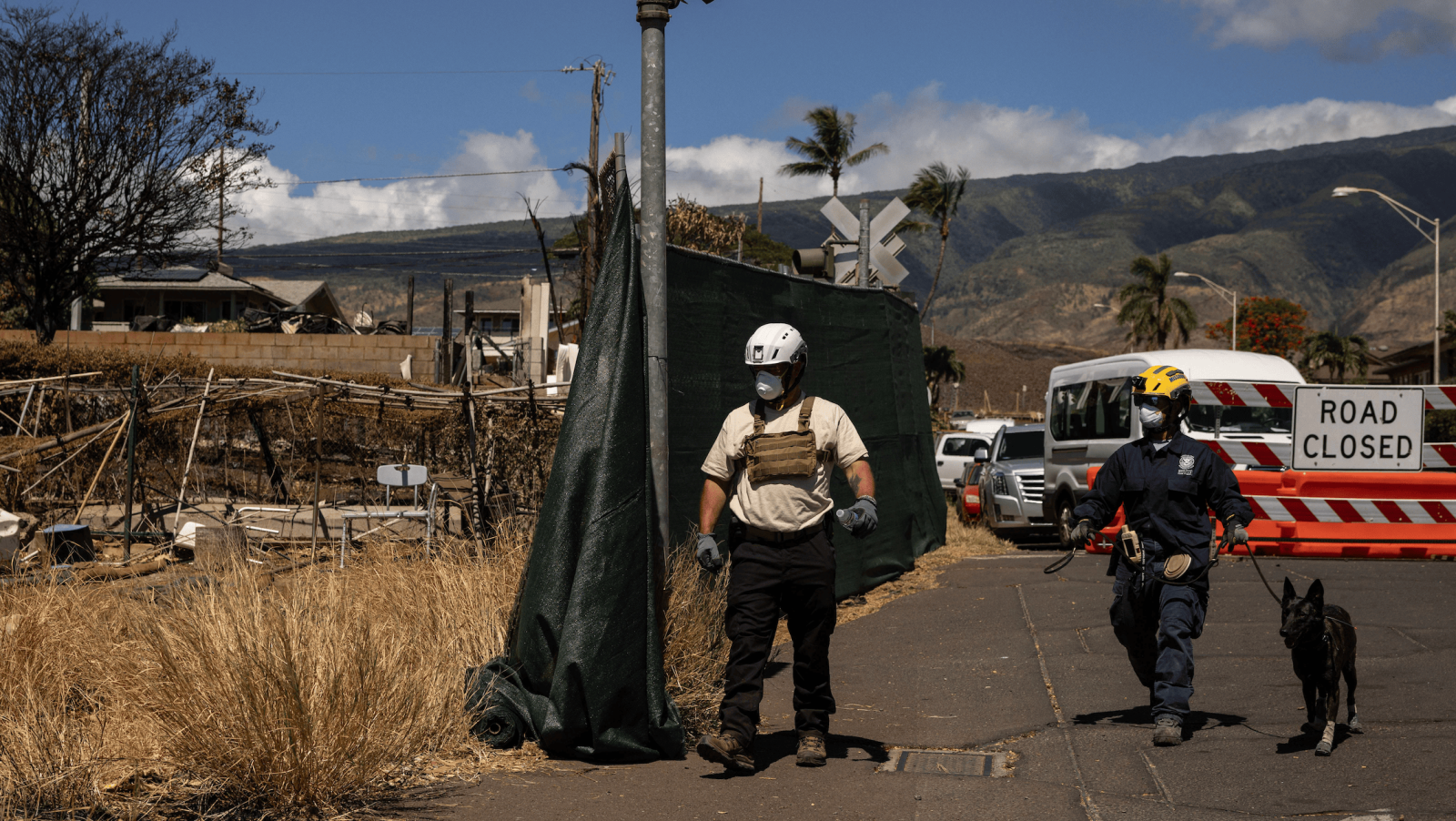In April 2016, a wildfire burned 2,000 acres of Minnewaska State Park, a nature preserve in New York’s Hudson Valley. The blaze, the largest and most destructive to hit the park in more than half a century, turned a verdant forest into a blackened wasteland. But by summer, the scorched land was regenerating. Green shoots poked out of the charred earth, and dwarf pitch pines — conifers native to the region — bristled with new growth.
The conflagration was an example of what forest ecologists like to call “good fire” — one that consumes underbrush and dead vegetation, opens the canopy to let light and water in, unlocks seeds tightly shut in pinecones, and clears out invasive species that crowd native plants. Many of the wildfires that have burned millions of acres across the United States and Canada in recent years have had this effect; they’re beneficial in the long term because these forests have evolved to coexist with fire. They’re built to burn.
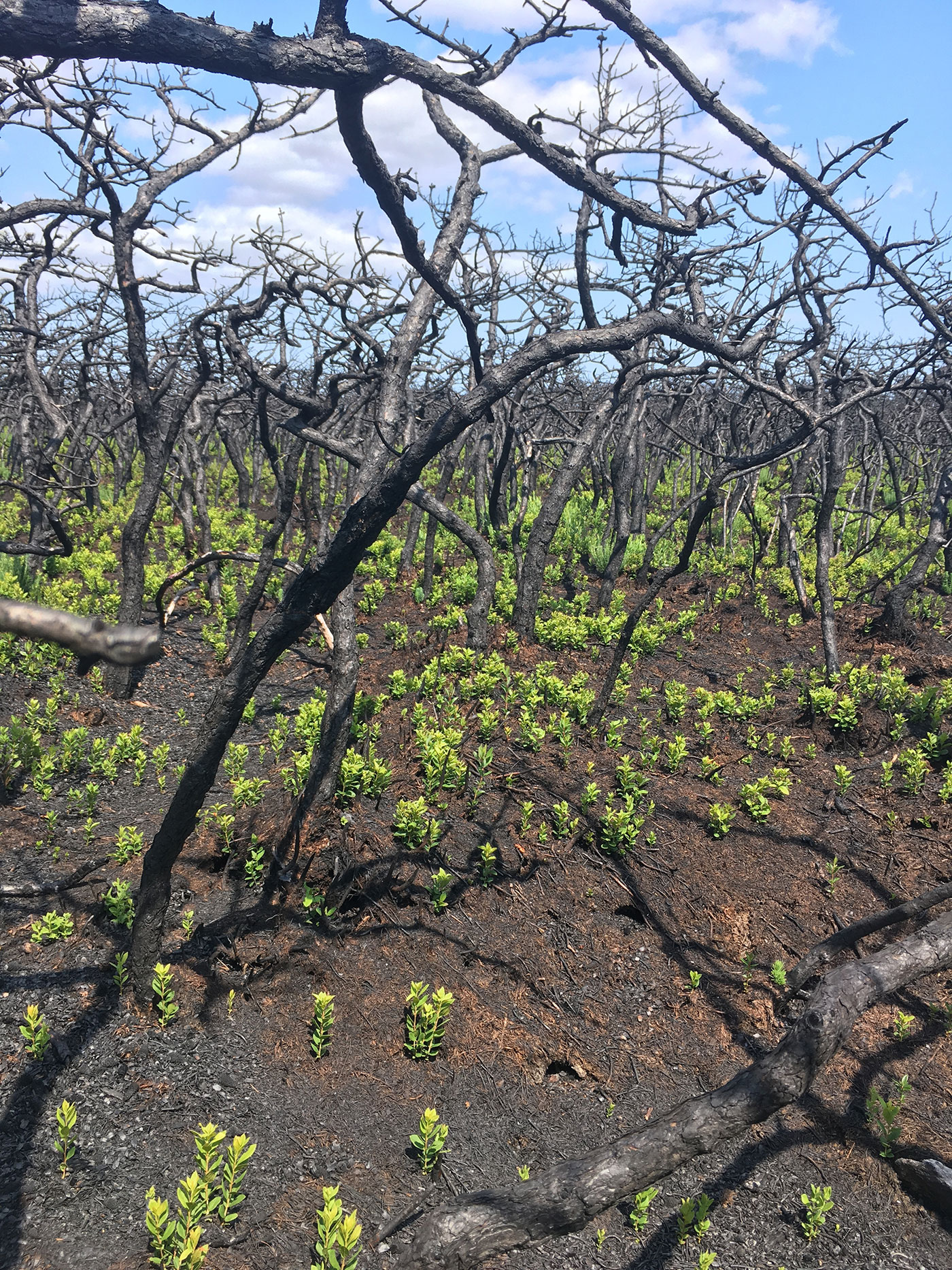
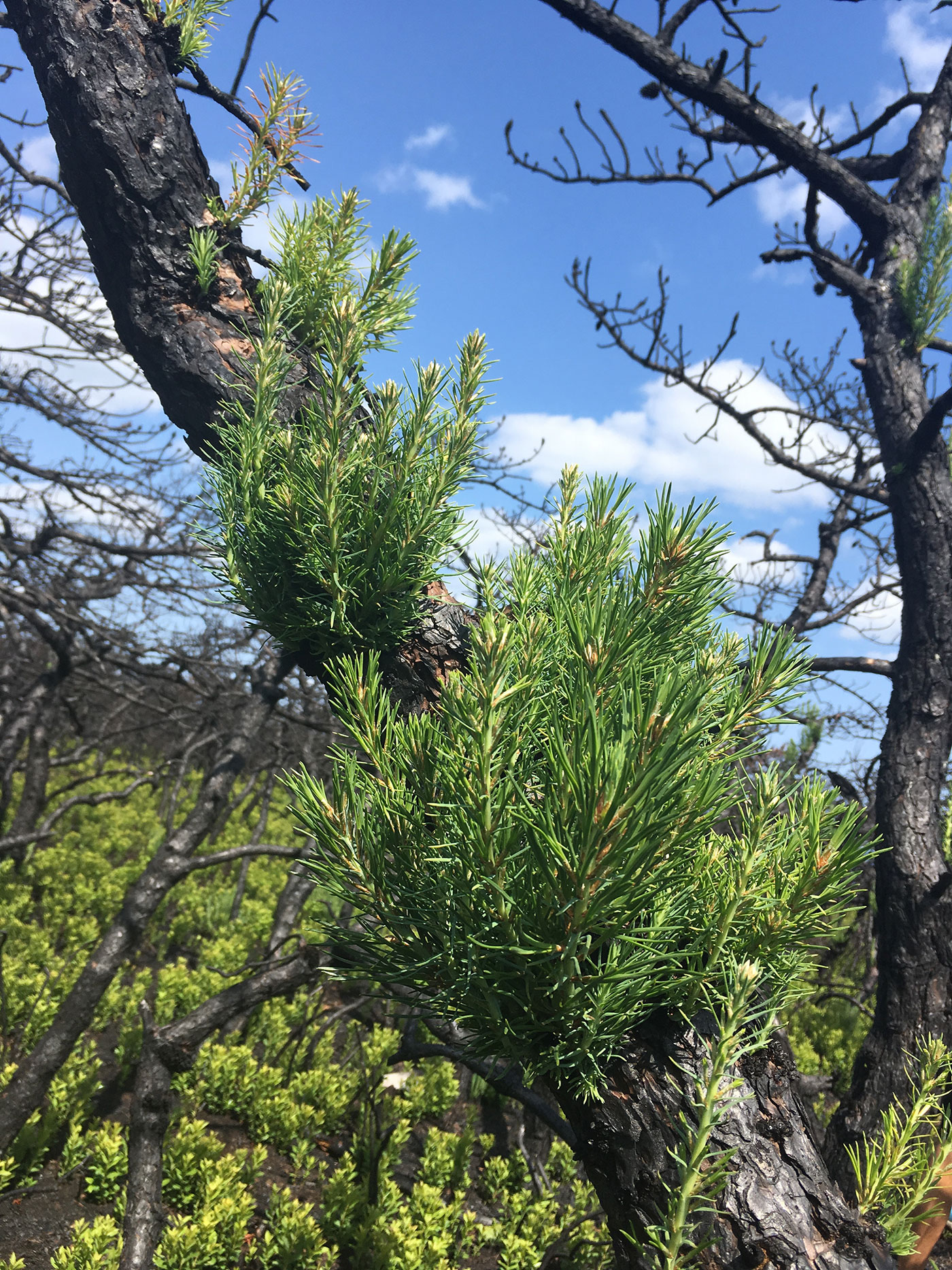
Some forests are not built to burn. Earlier this month, wildfires tore through Maui, engulfing the port city of Lahaina, burning 3,200 acres of land and killing at least 115 people, more than any other wildfire in modern U.S. history. Maui was at a unique disadvantage: Two centuries of colonial occupation and large-scale transformations of the natural landscape have transformed large swaths of the island’s moist, native forests into dry prairie littered with highly flammable invasive grasses. A recent flash drought, a rapid-onset dry period connected to climate change, dried out these grasses and fueled the blazes.
Naturally occurring wildfires are not a regular part of Maui’s native ecosystem, which evolved slowly over the course of millions of years. But it is part of the ecosystem in the places where some of the invasive grasses originally came from, like tropical Africa. In the coming weeks, months, and years, those invasive grasses, not Maui’s endemic species, stand to benefit from the wreckage of this year’s wildfires.
“In general, those nonnative invasive species are going to be much more adapted to reoccupying that environment after a fire than native species,” said Creighton M. Litton, a professor and forest ecology researcher at the University of Hawaiʻi at Manoa.
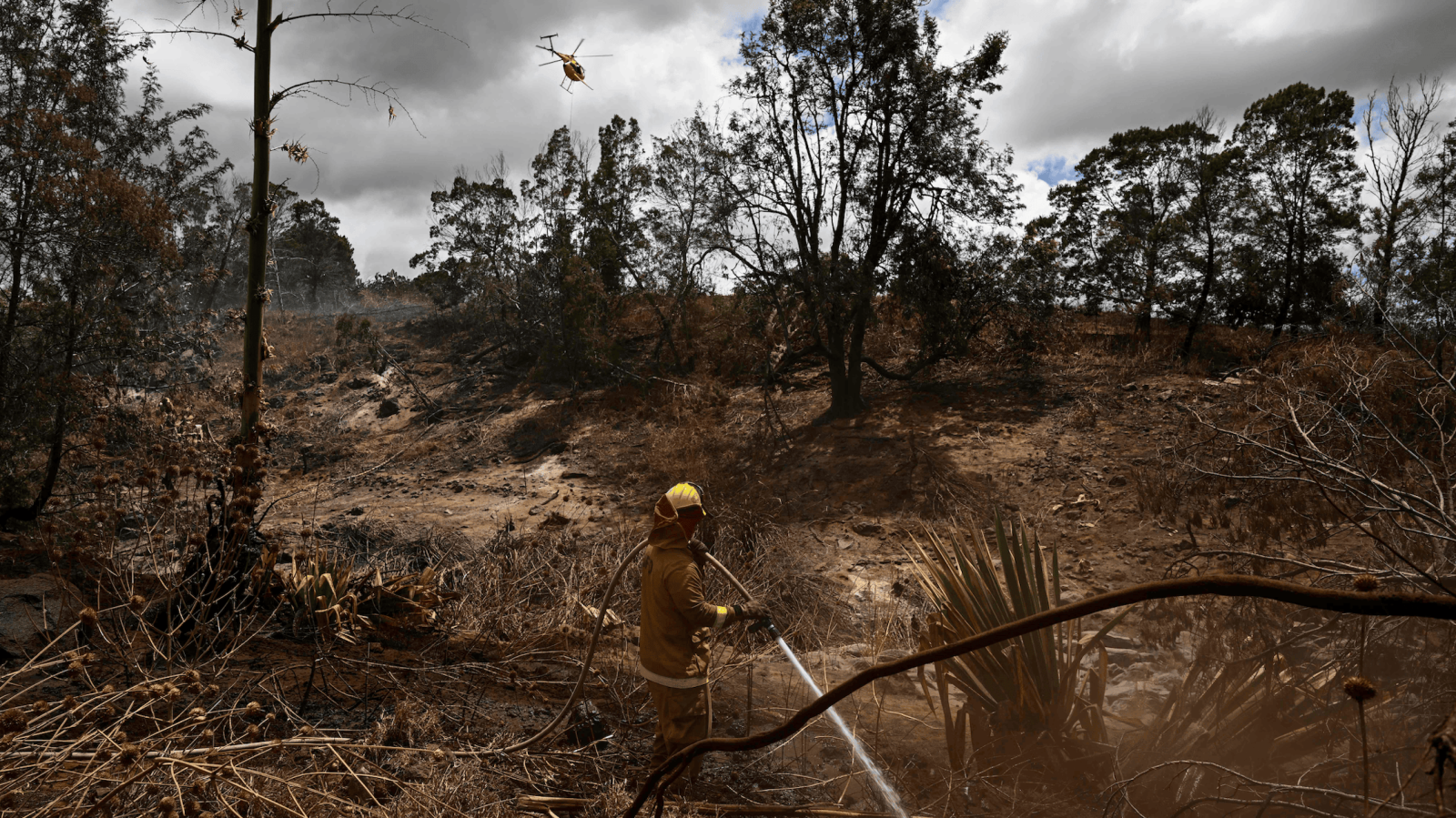
As residents rebuild in the weeks and months ahead, wildfire ecologists and botanists say they must consider restoring the native vegetation and forests that existed before Europeans arrived. Maui’s wet season, which spurs new plant growth, is two months away. Without human intervention, the same invasive plants that helped create the wildfires will move in, creating another dangerous cycle of invasive growth and wildfire risk.
“You can’t wait forever,” Mike Opgenorth, a plant ecologist and director of the National Tropical Botanical Garden’s Kahanu Garden and Preserve on Maui, told Grist. “It’s going to get harder as invasive plants reestablish in these areas that were burned.”
For millennia, before humans came into the picture, every species of plant that took root on Maui got to the island by wind, wing, or wave — carried in by a gale, dropped by a bird, or washed ashore by the sea. The National Park Service estimates that just one species managed to gain a foothold on the Hawaiian islands every 35,000 years. Whatever wildfire defenses these plants arrived with in their genetic codes were mostly lost over time in the absence of a sustained threat.
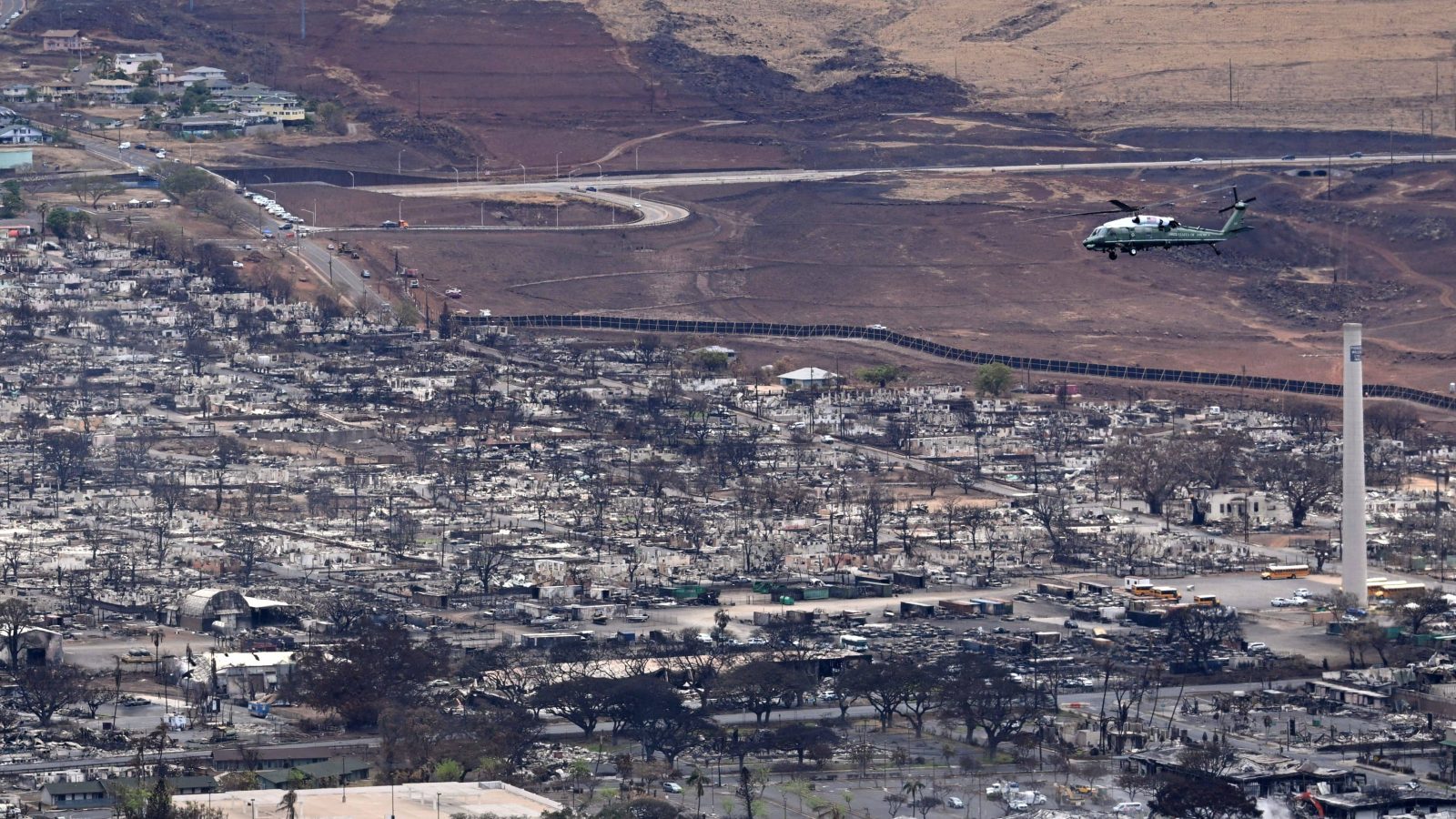
Then, between 1,200 and 1,600 years ago, Polynesians arrived in canoes, carrying a plethora of new species with them — taro, sugarcane, pigs, and chickens. Some of these alien species were harmless to the existing ecosystem; others meet today’s definition of “invasive” — prone to overpopulation and damaging to the environment. Still, Polynesians understood the importance of the wet and mesic, or moderately wet, forests they found in Hawaiʻi. The Polynesian name for one of these trees, the ‘Ōhi’a lehua, translates loosely to “water collector.”
The trend accelerated when European colonizers descended on Hawaiʻi some 1,000 years later. Hardier and more aggressive invasive species, introduced both intentionally and by accident, steadily took over. These species included mosquitoes and cats, as well as flammable grasses such as guinea, buffel, and cane grass, planted by Westerners to feed cattle, seed lawns, and prevent erosion. They were able to spread widely and crowd out native species in the absence of predators. Now, Hawai‘i is the endangered species capital of the world — 100 plant species, subspecies, and varieties have gone extinct and more than 400 are at risk.
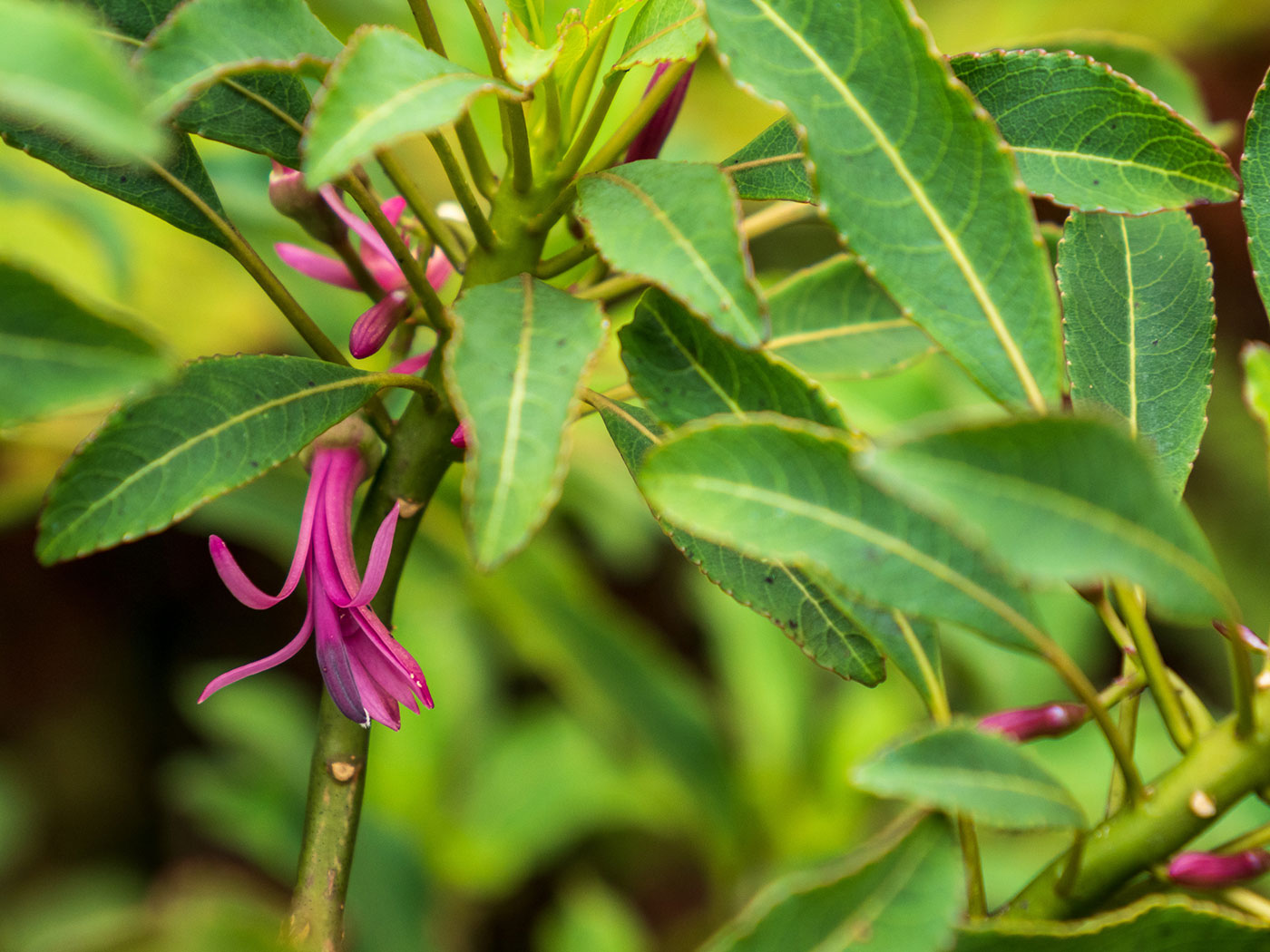
European colonizers also introduced sugar plantations, clearing away forest, ponds, and bogs to grow the crop, which quickly became Hawaiʻi’s main export. Toward the end of the 19th century, Hawaiʻi was exporting more than 24 million pounds of sugar, up from just 300,000 pounds in 1846. For the better part of a century, the industry boomed. Then it went bust as rising labor costs made Hawaiian sugar less competitive in the world market. In 2016, Hawaiʻi’s last sugar mill, on Maui, shut down.
Invasive species, stronger and more aggressive than the islands’ native plants, encroached on the vacated land. Nonnative grasses now make up a quarter of Hawaiʻi’s land cover. “These grass-dominated landscapes allow wildfires to propagate rapidly,” according to a 2015 study conducted by several of the state’s foremost wildfire ecologists. That same study showed that, between 1904 and 2011, most of the terrain burned by wildfire on the islands was dry, nonnative grassland. That vegetation encouraged fire to spread into native forests, beating back the endemic species and allowing invasives to expand farther.
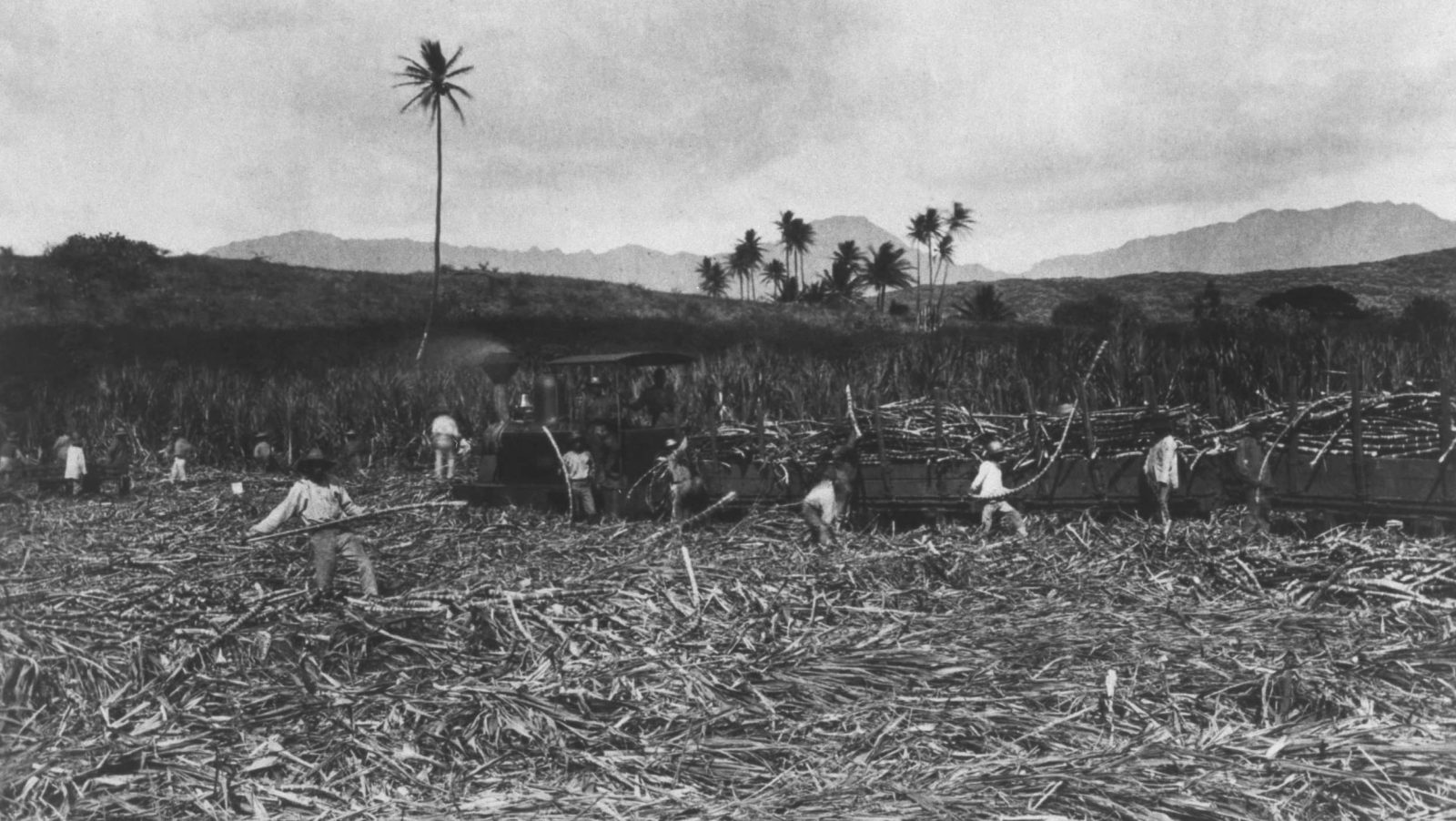
The Maui fires have briefly paused the spread of invasives in parts of Maui by wiping all species — native and foreign — from the landscape. But the fires won’t keep the invasives at bay for long. Research shows that in the aftermath of extreme weather events, invasives tend to regrow faster than native plants. “It’s essentially a blank canvas, where invasive species will thrive much more than our native ones,” Opgenorth said, referring to the Maui fires.
To see what the canvas should look like, Opgenorth pointed to the upper West Maui mountains, where the forests are dynamic, multilayered, and dominated by native plants. In the lowlands that burned, invasive species create a dry, monolithic environment characterized by one or two types of plants. Higher up in the mountains, the native forests are home to a variety of species — mosses such as Thuidium hawaiiense, many types of tree fern, medium-size bushes and shrubs including silversword, and larger trees like koa. Together, these species create a mosaic that traps rainwater and creates a damp, fire-resistant environment.
Replicating that kind of wild forest in Lahaina, a small town of 13,000 people, isn’t feasible. But mimicking some fire-resistant aspects of the upper slopes is possible. In fact, it used to be the status quo there.
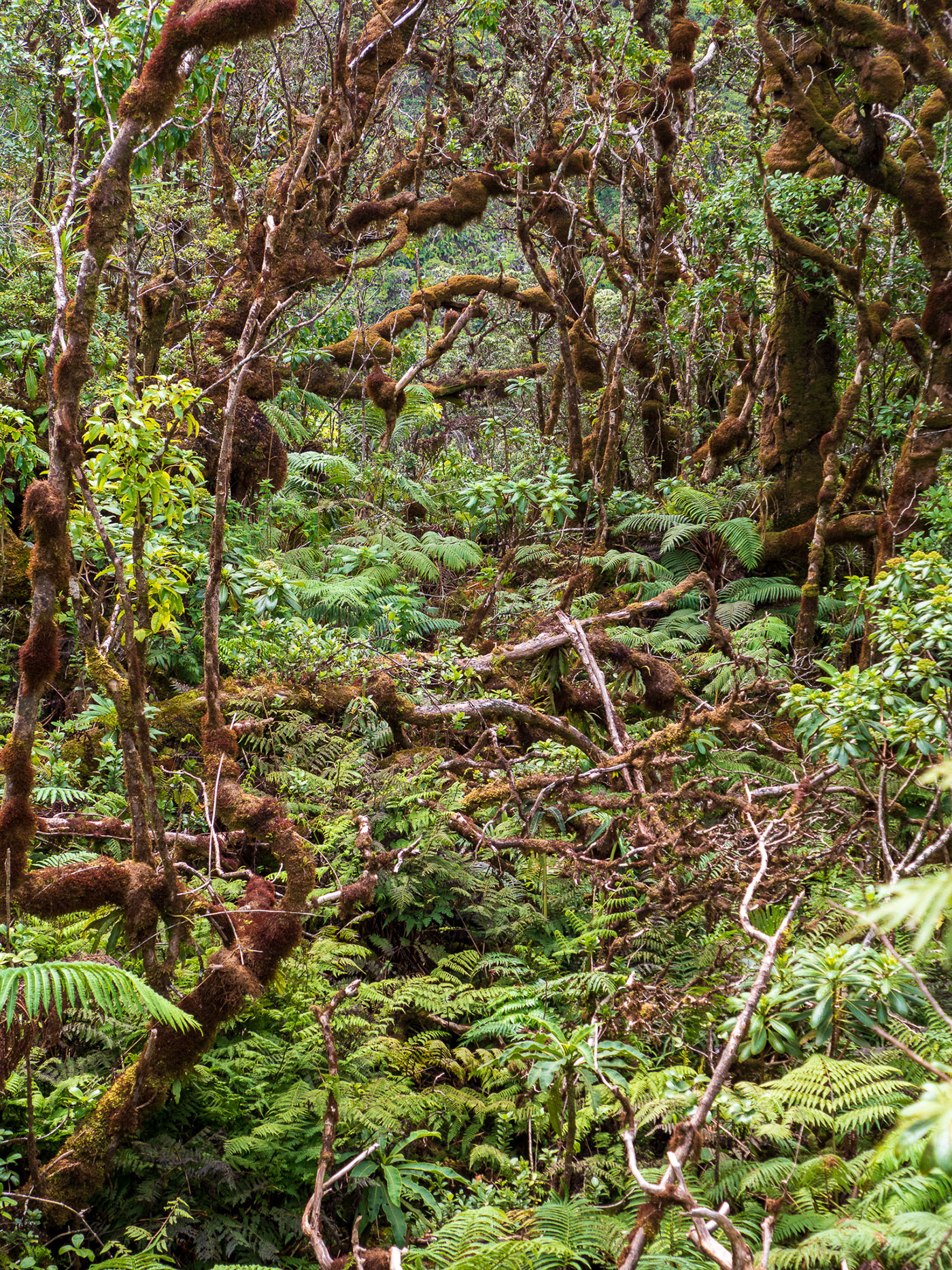
In the 18th and early 19th centuries, Hawaiians planted a 10½-square-mile breadfruit forest in Lahaina, from Māla to Launiupoko and up into the lower slopes of the West Maui mountains. The diverse forest produced many types of fruits and vegetables in addition to breadfruit, including coconuts, bananas, taro, wild sugarcane, and sweet potato — plants that vary in size and create a multilayered canopy. As Lahaina developed, this food forest and others like it disappeared.
But in recent years, Native Hawaiian farmers have begun replanting those forests. The devastation wrought by the recent wildfires, and the invasive species that exacerbated them, illuminates the importance of such initiatives to ensuring Maui’s resiliency. If Hawaiian officials and lawmakers supported agroforestry systems like the ones being piloted by Indigenous farmers on the island, Maui could accomplish the interconnected goals of better protecting the island against future wildfires, supporting Native Hawaiians, and reconnecting Mauians to their cultural history.
“The goal is to knock the empire down and replace those corporate ag guys with something more environmentally sustainable that reflects our values,” Kaipo Kekona, an Indigenous farmer who planted a food forest on depleted farmland on a mountain ridge on Maui, told the Guardian last year. Kekona is a member of the island’s burgeoning Indigenous sovereignty movement.
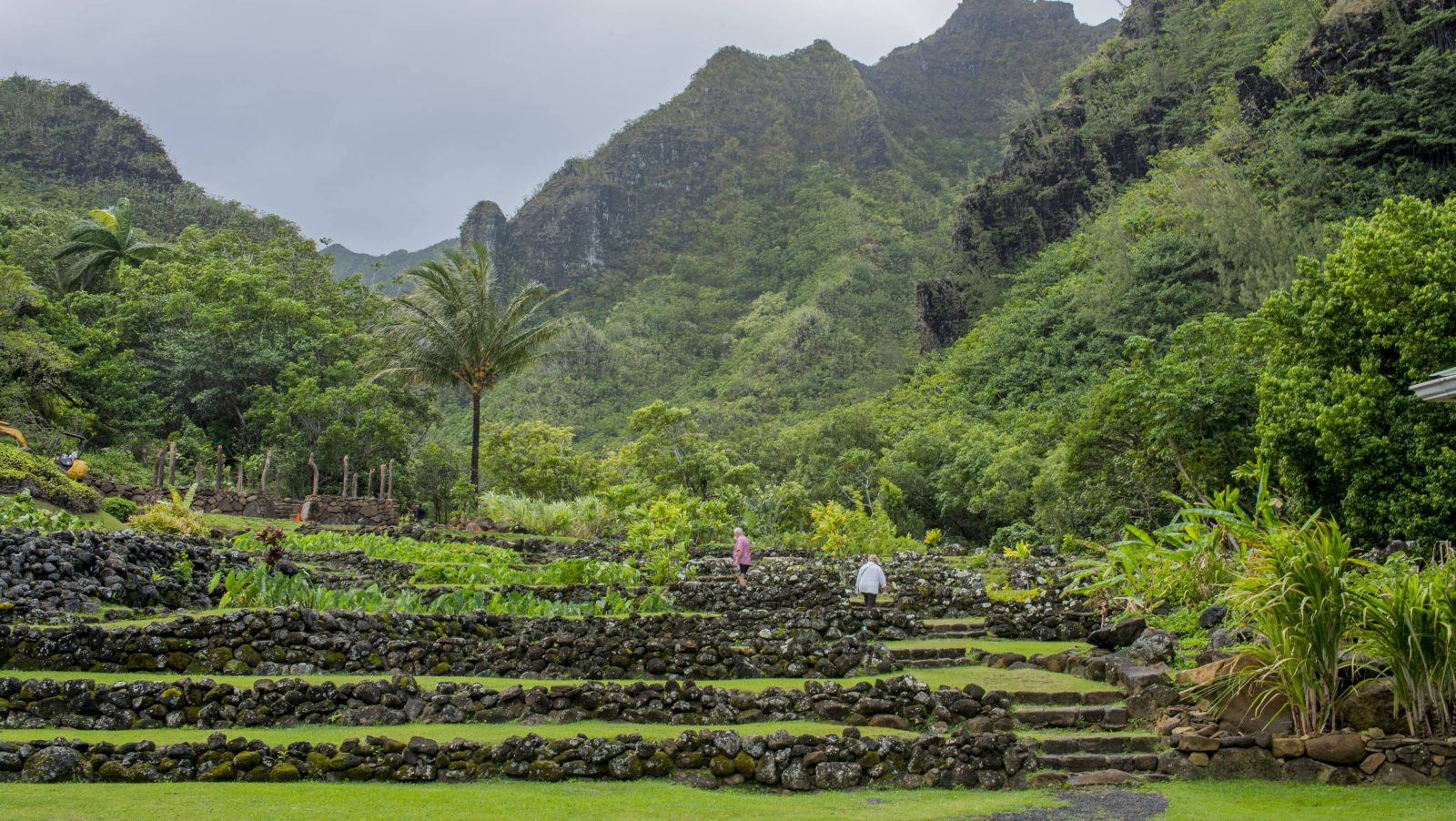
Replanting food forests on Maui is a daunting undertaking. Real estate investors are already trying to snap up charred land. As Mauians fend off speculators hoping to cash in on the island’s tragedy, Opgenorth thinks the time to act is now. Up to 90 percent of Maui’s food is imported, and the island directs less than 1 percent of its budget to agriculture. Real post-fire resiliency would see many different stakeholders, including private landowners, coming together to change that.
“Where is the priority in the grand scheme of things?” Opgenorth asked. “The underlying thing that should be thought about is revitalization — not just ecosystem-friendly outplantings as we recover, but also things that connect us to our past.”

